- Yokohama-shi Top Page
- Kohoku Ward Top Page
- Introduction of the ward
- Culture and Tourism Information
- Okurayama Kanbaikai
- History of Okurayama Park Bairin
Here's the text.
History of Okurayama Park Bairin
Last Updated February 15, 2021
The Okurayama Kanmeikai, which began in 1989 (1989), became an annual event in Kohoku Ward.
Regarding the history of Okurayama Park Bairin, which is famous as a famous place for viewing plums not only Yokohama citizens but also inside and outside the prefecture, `` Okurayama Bairin '' in the book `` My Town Kohoku '' by Seiji Hirai, director of the research department of Okura Psychiatry Research Institute, I will introduce it along with photos provided by Tokyo Express Electric Railway Co., Ltd.
Ume withstands the cold of winter, opens beautiful flowers ahead of peaches and cherry blossoms, and delights with a good scent.
Kanume has a long history and has already been practiced since the Nara era, and "Manyoshu" has 118 songs, which is more than three times the song that wrote cherry blossoms, and is so popular .
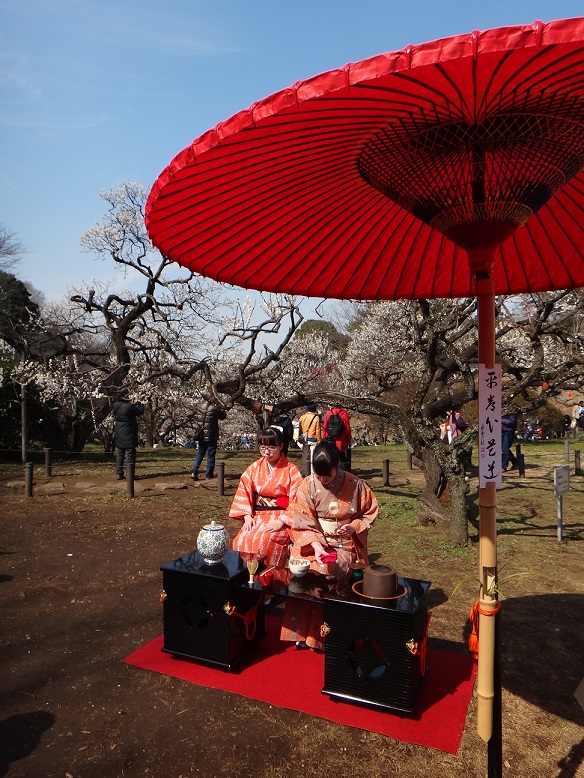
[Nodo points at Okurayama Kanbaikai]
Exit the ticket gate at Okurayama Station, go up the slope on the right side of the track `` Memorial Hall Saka '', pass by the side of the designated tangible cultural property `` Okurayama Memorial Hall '' of Yokohama City, and go down a little further, in front of Ryushoin You can see Bairin.
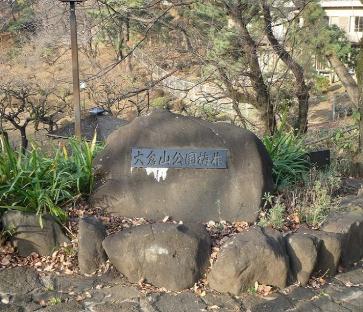
The entrance of Bairin
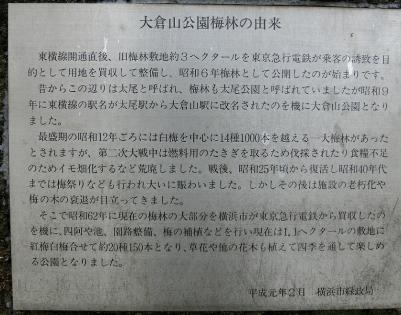
Description of the origin of Bairin
This Umebayashi was opened in 1931 by Tokyu Corporation, which purchased land from Ryushoin and opened in 1931. According to Kaichi Komori (a former researcher at the Okura Institute of Psychiatry), transplanted plums from a rich villa near Gakugei University Station in Toukyu Toyoko Line.
According to the explanation of the origin of Okurayama Park Bairin at the entrance of Bairin, `` Around the peak of 1937 (1937), there were more than 1,000 Bairin of 14 species, mainly white plums, It was cut down during World War II because of the shortage of potatoes for field fuel. "
Around 1943 (1943), Kunihiko Okura, the founder of the Okura Institute for Mental and Cultural Studies, tried to open an old high school in Okurayama, and there was a plan to transfer it as a school ground, but it did not happen. We have reached the postwar period.
Even after the war, hundreds of plums were in full bloom in Bairin, and it was thriving as a tourist destination along the Toyoko Line. In the past, a temporary express "Kanume-go" sometimes stopped at Okurayama Station during the Kanume period.
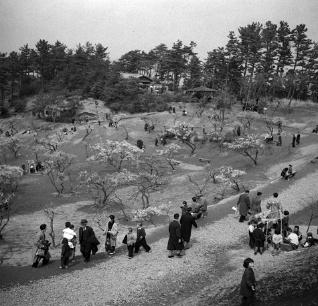
1951 (1951) State of Umebayashi
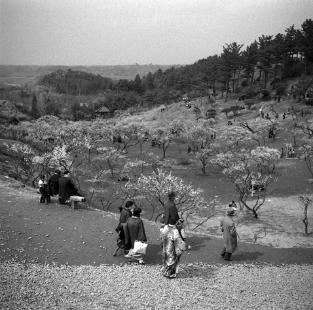
1951 (1951) For Japanese clothes
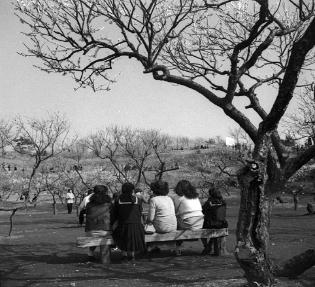
1951 (1951) State of Umebayashi
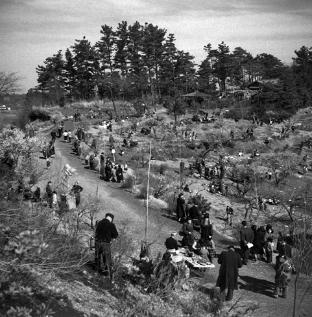
1952 (1952) State of Umebayashi
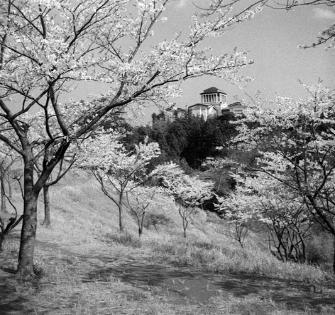
1953 (1953) Cherry Blossoms and Okurayama at Okurayama Park
Memorial Hall
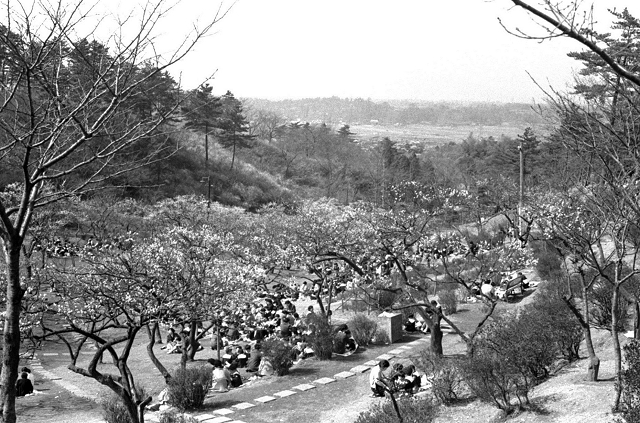
The state of Umebayashi in 1960 (1960) (It's still a liquor for cherry blossom viewing)
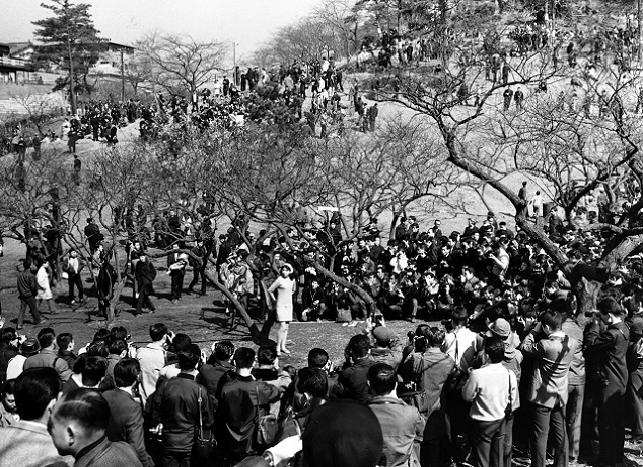
Photo session in Umebayashi, 1969 (1969)
[All photos from 1951 (1951) to 1969 (1969) are provided by the Public Relations Department of Tokyo Kyuko Electric Railway Co., Ltd.]
Umebayashi was sold from Tokyu to Yokohama City from 1983 (1983) to 1986 (1986), and was rebuilt and opened as part of Okurayama Park in 1989 (1989). .
At present, about 200 plums of 32 types are planted. The largest number is "White Kaga", which has a large fruit, but since the introduction of China, the green calyx is green "Ryokugakubai", and light red, red and white flowers are attached to a single tree. There are also rare varieties such as "as you wish". I don't know what color flowers bloom on which branches every year, and it was named because it could never be controlled by human hands.
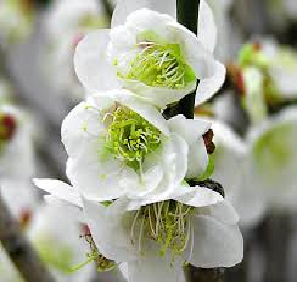
Green "green calyx plum"
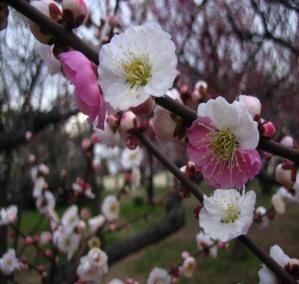
It doesn't get what people think "as you want"
In 1989, when Umezono opened in 1989, the Okurayama Kanumekai Executive Committee was established in local shopping streets and Neighborhood Associations Neighborhood Association, and the Okurayama Kanumekai is held every two weekends from February to March.
In 1991 (1991), as a project commemorating the 60th anniversary of the opening of the Bairin, the Kohoku Tourism Association began manufacturing and selling "Okurayama Umeshu Ume no Kaoru (outside site)", in which "Shira Kaga" fruits from Okurayama Bairin were harvested and pickled with hand. Since 1995 (1995), the Yokohama Goods "Yokohama 001", a regional brand that aims to be a unique one-of-a-kind product from Yokohama, has been certified continuously since 1995 (1995).
The alcohol content is 13 degrees (almost the same as wine) and is slightly sweet and rich. On the rocks. Soda splitting is also recommended.
Every year, at the venue of the Okurayama Kanbaikai, new sake made using plums from the previous year is pre-sold.
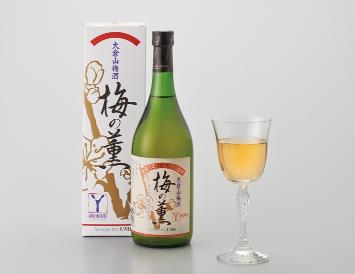
The scent of Okurayama plum wine plum
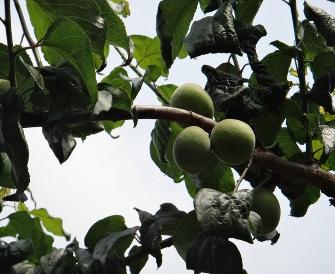
It is made using the white Kaga fruit of Okurayama Bairin
State of Bairin and Okurayama Kanbaikai
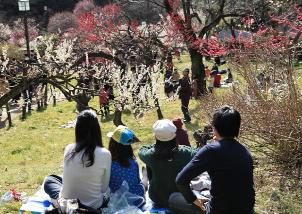
A family group
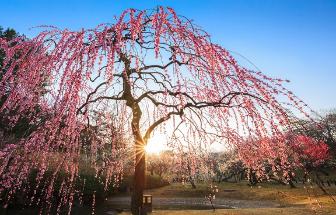
Trees are pleased with spring
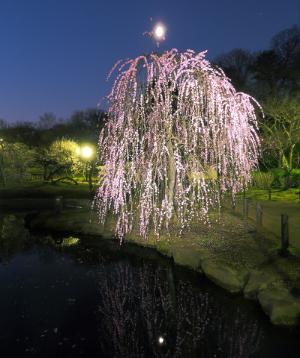
Weeping plum of Oborozuki
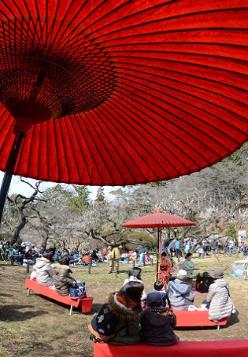
Nodote
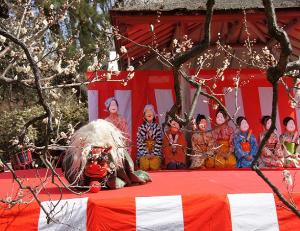
Enthetic Lion Dance
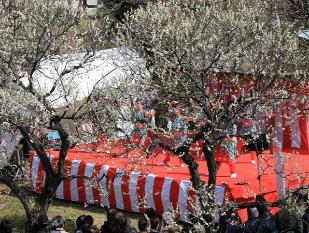
Flower stage
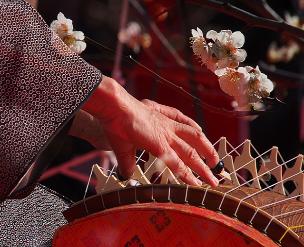
Early Spring Survey
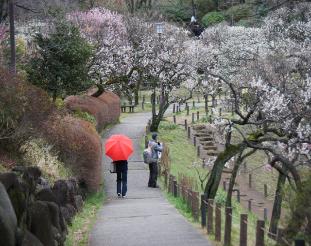
Walking a plum in light rain
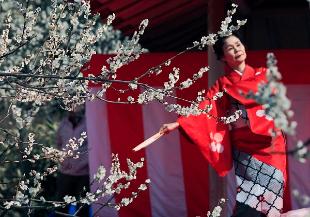
Spring and plum
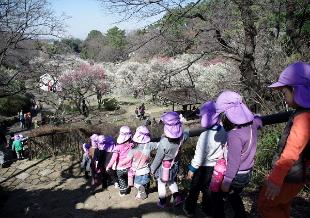
The hat is also in full bloom
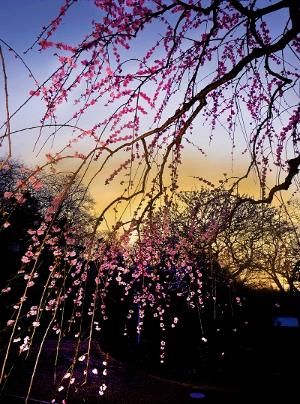
Plum in the evening
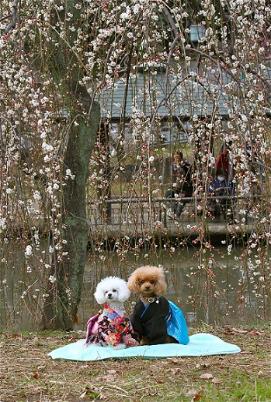
Even a one-piece dress is fashionable and Kanbai-kai
[From the prize-winning works of Kohoku Plum Photo Contest]
Inquiries to this page
Kohoku Ward General Affairs Department Regional Promotion Division
Telephone: 045-540-2235
Telephone: 045-540-2235
Fax: 045-540-2245
Email address: ko-chishin@city.yokohama.lg.jp
Page ID: 977-780-415













